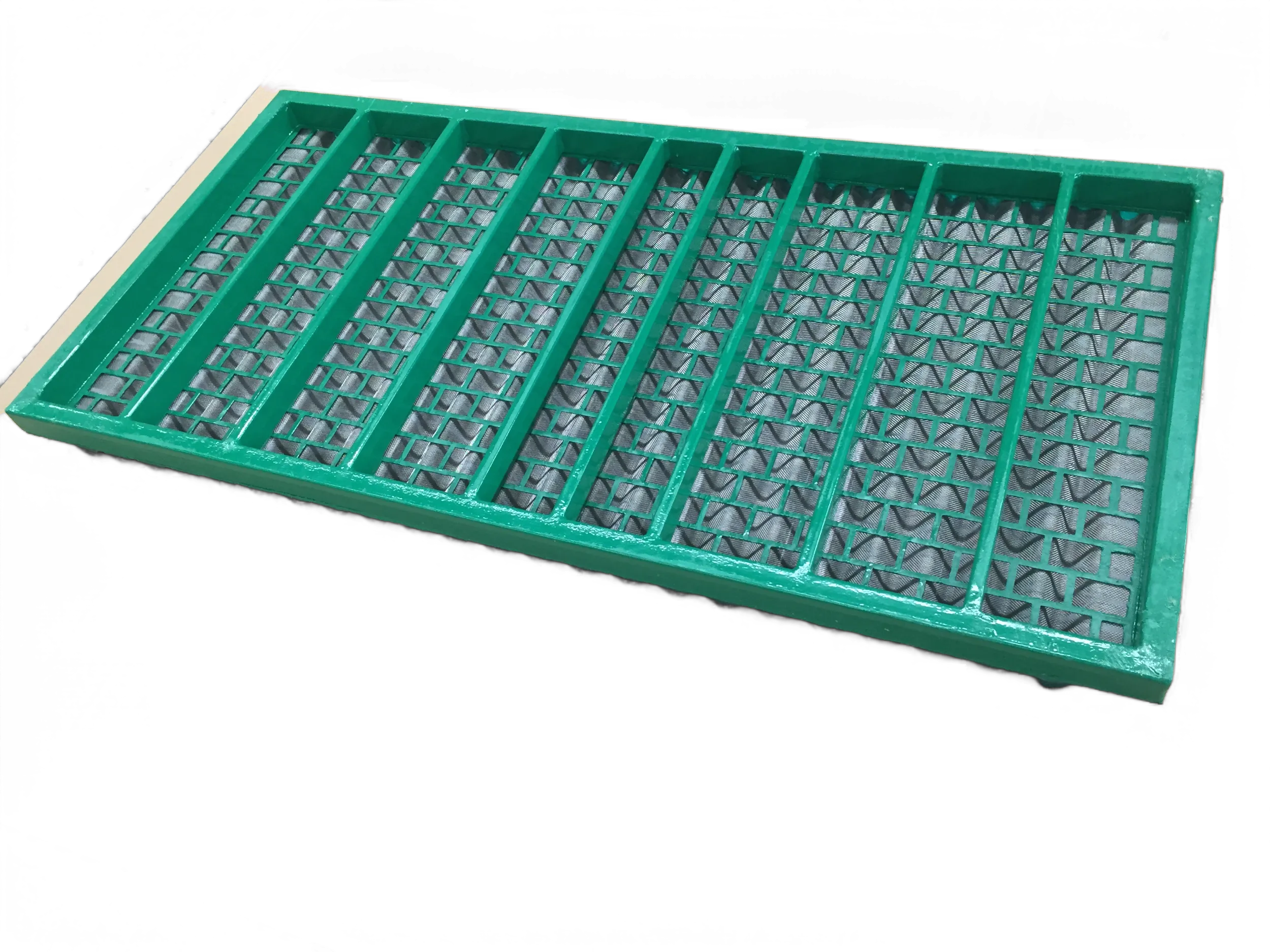- Industrial zone, South of Anping Town, Hengshui, Hebei, China.
- sales@hfpetromesh.com
- +86-18931809706
 Afrikaans
Afrikaans  Albanian
Albanian  Amharic
Amharic  Arabic
Arabic  Armenian
Armenian  Azerbaijani
Azerbaijani  Basque
Basque  Belarusian
Belarusian  Bengali
Bengali  Bosnian
Bosnian  Bulgarian
Bulgarian  Catalan
Catalan  Cebuano
Cebuano  Corsican
Corsican  Croatian
Croatian  Czech
Czech  Danish
Danish  Dutch
Dutch  English
English  Esperanto
Esperanto  Estonian
Estonian  Finnish
Finnish  French
French  Frisian
Frisian  Galician
Galician  Georgian
Georgian  German
German  Greek
Greek  Gujarati
Gujarati  Haitian Creole
Haitian Creole  hausa
hausa  hawaiian
hawaiian  Hebrew
Hebrew  Hindi
Hindi  Miao
Miao  Hungarian
Hungarian  Icelandic
Icelandic  igbo
igbo  Indonesian
Indonesian  irish
irish  Italian
Italian  Japanese
Japanese  Javanese
Javanese  Kannada
Kannada  kazakh
kazakh  Khmer
Khmer  Rwandese
Rwandese  Korean
Korean  Kurdish
Kurdish  Kyrgyz
Kyrgyz  Lao
Lao  Latin
Latin  Latvian
Latvian  Lithuanian
Lithuanian  Luxembourgish
Luxembourgish  Macedonian
Macedonian  Malgashi
Malgashi  Malay
Malay  Malayalam
Malayalam  Maltese
Maltese  Maori
Maori  Marathi
Marathi  Mongolian
Mongolian  Myanmar
Myanmar  Nepali
Nepali  Norwegian
Norwegian  Norwegian
Norwegian  Occitan
Occitan  Pashto
Pashto  Persian
Persian  Polish
Polish  Portuguese
Portuguese  Punjabi
Punjabi  Romanian
Romanian  Russian
Russian  Samoan
Samoan  Scottish Gaelic
Scottish Gaelic  Serbian
Serbian  Sesotho
Sesotho  Shona
Shona  Sindhi
Sindhi  Sinhala
Sinhala  Slovak
Slovak  Slovenian
Slovenian  Somali
Somali  Spanish
Spanish  Sundanese
Sundanese  Swahili
Swahili  Swedish
Swedish  Tagalog
Tagalog  Tajik
Tajik  Tamil
Tamil  Tatar
Tatar  Telugu
Telugu  Thai
Thai  Turkish
Turkish  Turkmen
Turkmen  Ukrainian
Ukrainian  Urdu
Urdu  Uighur
Uighur  Uzbek
Uzbek  Vietnamese
Vietnamese  Welsh
Welsh  Bantu
Bantu  Yiddish
Yiddish  Yoruba
Yoruba  Zulu
Zulu
- Afrikaans
- Albanian
- Amharic
- Arabic
- Armenian
- Azerbaijani
- Basque
- Belarusian
- Bengali
- Bosnian
- Bulgarian
- Catalan
- Cebuano
- Corsican
- Croatian
- Czech
- Danish
- Dutch
- English
- Esperanto
- Estonian
- Finnish
- French
- Frisian
- Galician
- Georgian
- German
- Greek
- Gujarati
- Haitian Creole
- hausa
- hawaiian
- Hebrew
- Hindi
- Miao
- Hungarian
- Icelandic
- igbo
- Indonesian
- irish
- Italian
- Japanese
- Javanese
- Kannada
- kazakh
- Khmer
- Rwandese
- Korean
- Kurdish
- Kyrgyz
- Lao
- Latin
- Latvian
- Lithuanian
- Luxembourgish
- Macedonian
- Malgashi
- Malay
- Malayalam
- Maltese
- Maori
- Marathi
- Mongolian
- Myanmar
- Nepali
- Norwegian
- Norwegian
- Occitan
- Pashto
- Persian
- Polish
- Portuguese
- Punjabi
- Romanian
- Russian
- Samoan
- Scottish Gaelic
- Serbian
- Sesotho
- Shona
- Sindhi
- Sinhala
- Slovak
- Slovenian
- Somali
- Spanish
- Sundanese
- Swahili
- Swedish
- Tagalog
- Tajik
- Tamil
- Tatar
- Telugu
- Thai
- Turkish
- Turkmen
- Ukrainian
- Urdu
- Uighur
- Uzbek
- Vietnamese
- Welsh
- Bantu
- Yiddish
- Yoruba
- Zulu
Specifications and Guidelines for Steel Grating Applications and Manufacturing Standards
Understanding Steel Grating Specifications
Steel grating is a versatile material widely used in various industrial applications due to its strength, durability, and ease of use. It is particularly effective for flooring, walkways, and platforms, providing excellent traction and safety for both pedestrian and vehicular traffic. When selecting steel grating for a project, it is essential to understand its specifications to ensure it meets your structural and functional needs.
Material Types
Typically, steel gratings are made from carbon steel, stainless steel, or galvanized steel. Carbon steel is the most common due to its strength and cost-effectiveness, while stainless steel is favored in environments that require corrosion resistance, such as food processing and chemical plants. Galvanized steel offers a protective zinc coating that prevents rusting, making it suitable for outdoor or wet conditions.
Bar Spacing and Load Capacity
One critical specification to consider is the bar spacing and load capacity of the grating. The spacing between the bars affects both the weight the grating can support and the ease of movement over the surface. Generally, thicker bars can support greater loads, while the spacing can range from 30mm to 50mm, depending on the intended application. Load capacities are often categorized into different classes, such as pedestrian, light-duty, and heavy-duty, indicating their suitability for various loads.
Grating Styles
steel grating specifications

Steel gratings come in different styles, including welded, riveted, and swage locked grating. Welded grating is the most common type, featuring a robust construction that can withstand heavy loads. Riveted gratings offer a lightweight alternative, while swage locked grating provides added strength with a cleaner finish. The choice of style can influence installation methods and overall durability.
Surface Treatments
Surface treatment is also an important specification. Steel gratings can undergo various treatments to enhance their performance, including hot-dip galvanizing, powder coating, and painted finishes. These treatments not only improve the grating's corrosion resistance but also enhance safety by providing slip-resistant surfaces, which is essential in environments prone to spills or wet conditions.
Standard Compliance
Lastly, compliance with industry standards is crucial when selecting steel grating. Common standards include those set by the American National Standards Institute (ANSI) and ASTM International, which provide guidelines for load testing and material properties. Ensuring your chosen grating meets these standards will ensure safety and longevity in its application.
In conclusion, understanding steel grating specifications is vital for selecting the appropriate grating for your project. Consider factors such as material type, load capacity, grating style, surface treatment, and standard compliance to make an informed decision. By doing so, you can ensure your project is safe, durable, and cost-effective, ultimately meeting or exceeding the requirements of your specific application. Whether for industrial, commercial, or residential use, the right steel grating will serve its purpose effectively.
-
Welded Steel Bar Grating: The Strongest Choice for Industrial FlooringNewsMay.21,2025
-
Steel Grating for Sale: The Ultimate Anti-Slip SolutionNewsMay.21,2025
-
Steel Frame Shaker Screens: Unmatched Durability for Demanding OperationsNewsMay.21,2025
-
Shaker Screens: Your Ultimate Solution for Oil & Gas FiltrationNewsMay.21,2025
-
Press Locked Steel Grating: The Smarter Choice for Heavy-Duty FlooringNewsMay.21,2025
-
Helicopter Deck Safety Nets: Protect Your Crew and EquipmentNewsMay.21,2025